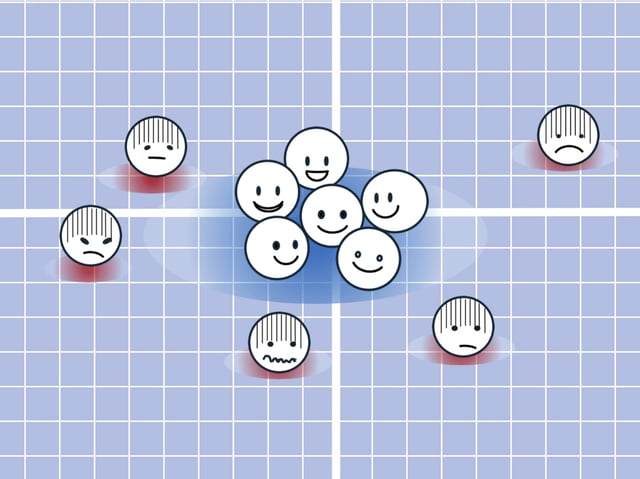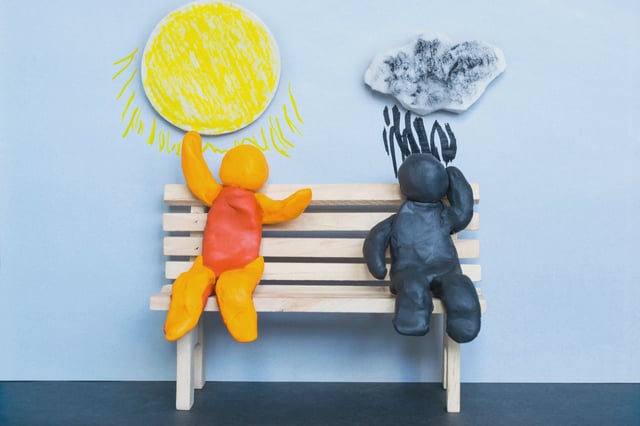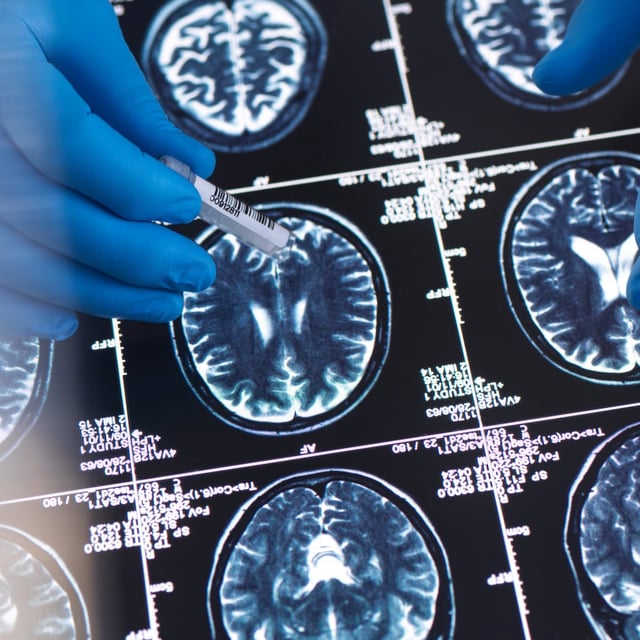Overview
- Intersubject representational similarity analysis revealed that only pairs of optimistic participants shared consistent medial prefrontal cortex activation patterns during future-thinking tasks.
- Optimistic individuals processed negative scenarios with abstract, psychologically distant neural responses instead of reinterpreting them positively.
- Researchers invoke the Anna Karenina principle to describe the convergence of optimistic neural patterns and the individuality of pessimistic representations.
- Prior work linking shared brain frameworks to social network centrality suggests this neural alignment may underlie optimists’ larger peer groups and resilience.
- Published on July 21 in the Proceedings of the National Academy of Sciences with support from Japanese science agencies, the study invites further exploration of cultural and developmental roots of shared future thinking.



